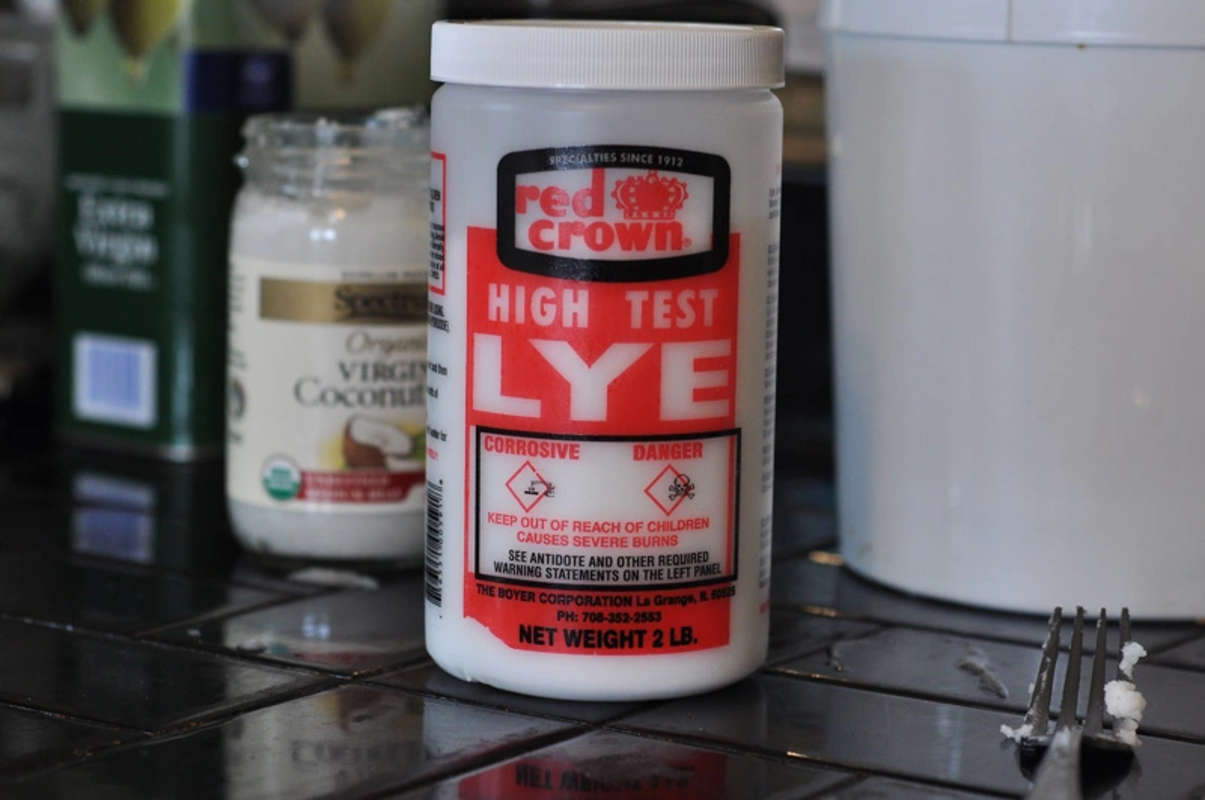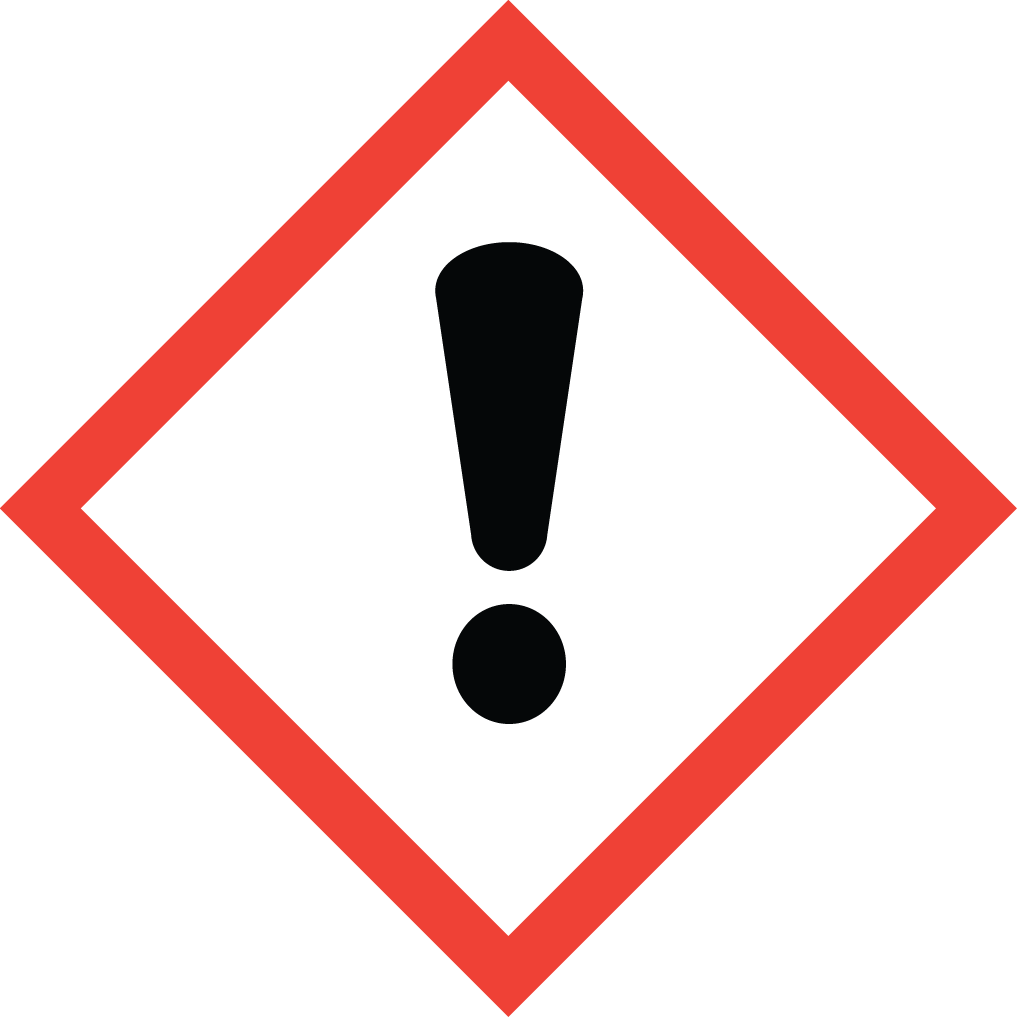Lye (sodium hydroxide)
Material
•
Studio


Stations
Important Links
- Lye is also known as sodium hydroxide and caustic soda. Lye forms a great soap base for the production of lye soap. The lye comes in a safe container fitted with a resealable child resistant cap.
- Food grade lye is sodium hydroxide at the highest purity levels. It is clean of impurities and therefor safe for use in the kitchen for food preparation.
- Lye has traditionally been used as the main ingredient in soap making.
Hazards
Corrosive Substance
Can cause severe skin burns and eye damage upon contact.
Inhalation Hazard
Dust or fumes can irritate or damage respiratory passages.
Eye Injury
Severe irritation or blindness from direct contact.
Skin Irritation
Can cause chemical burns and tissue damage.
Exothermic Reaction
Mixing with water generates heat, which can cause burns or splashing.
Toxic Ingestion
Highly toxic if swallowed; can cause internal burns.
Material Damage
Can react with certain metals (e.g., aluminum, zinc) to produce hazardous gases.
Slippery Surfaces
Spills create a highly slippery surface, increasing fall risks.
Things to Avoid
- Do not handle lye without proper PPE (gloves, goggles, long sleeves, and mask).
- Never add water directly to lye; always add lye to water slowly to prevent splashing and violent reactions.
- Do not mix lye in a confined, unventilated space—work in a well-ventilated area or under a fume hood.
- Never touch or inhale lye powder, granules, or solution—severe burns and respiratory damage may occur.
- Do not store lye in unmarked or easily accessible containers; always label properly.
- Never use aluminum, tin, or zinc containers for lye solutions, as they can react dangerously.
- Do not use glass containers for mixing, as heat from the reaction can cause breakage.
- Never leave mixed lye solution unattended.
- Do not dispose of lye or its solution in sinks or drains without neutralization.
Safety Checks
- Ensure you have read and understood the Material Safety Data Sheet (MSDS) for lye.
- Confirm that all PPE is worn correctly and in good condition before handling lye.
- Check that emergency eyewash stations and safety showers are accessible.
- Inspect containers for leaks or damage before use.
- Verify that a neutralizing agent (vinegar or citric acid) is on hand in case of spills.
- Ensure work surfaces are protected and free of clutter before starting.
- Keep cold running water available in case of accidental skin exposure.
- Make sure no incompatible chemicals (such as acids) are present in the work area.
Operational Checks
- Slowly and carefully add lye to water while stirring constantly.
- Keep face and body away from the container while mixing to avoid inhaling fumes.
- Use a heat-resistant, chemical-resistant container for mixing.
- Mix lye in small batches to minimize risk of excessive heat buildup.
- Work at a stable, waist-height workstation to prevent spills or accidental tipping.
- If lye solution splashes on skin, rinse immediately with copious amounts of water.
- If lye gets into eyes, flush continuously with water for at least 15 minutes and seek medical attention.
- Keep all non-essential personnel away from the work area during lye handling.
Cleanup
- Immediately clean up any spills using absorbent materials and neutralizing agents.
- Rinse all used containers and tools thoroughly with water before storage.
- Store lye in a tightly sealed, clearly labeled container in a cool, dry place.
- Wash hands and exposed skin thoroughly after handling lye, even if gloves were worn.
- Dispose of lye-contaminated materials according to local hazardous waste regulations.

 Safety Operating Procedure
Safety Operating Procedure